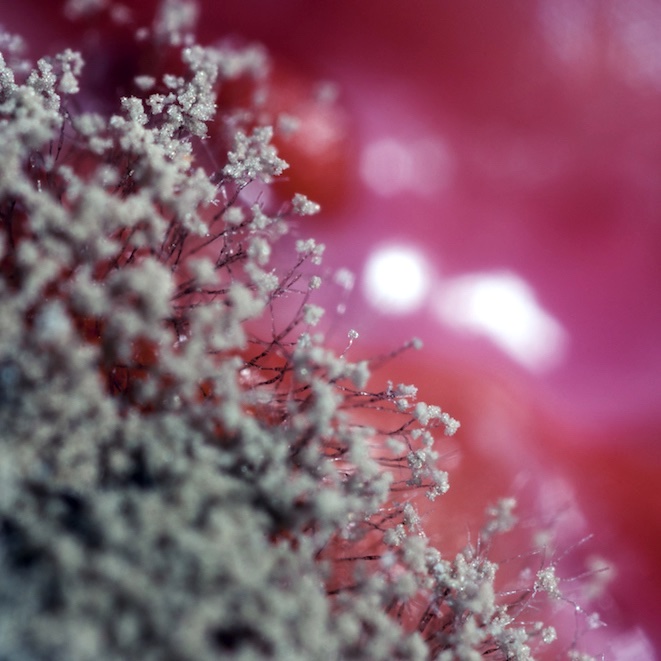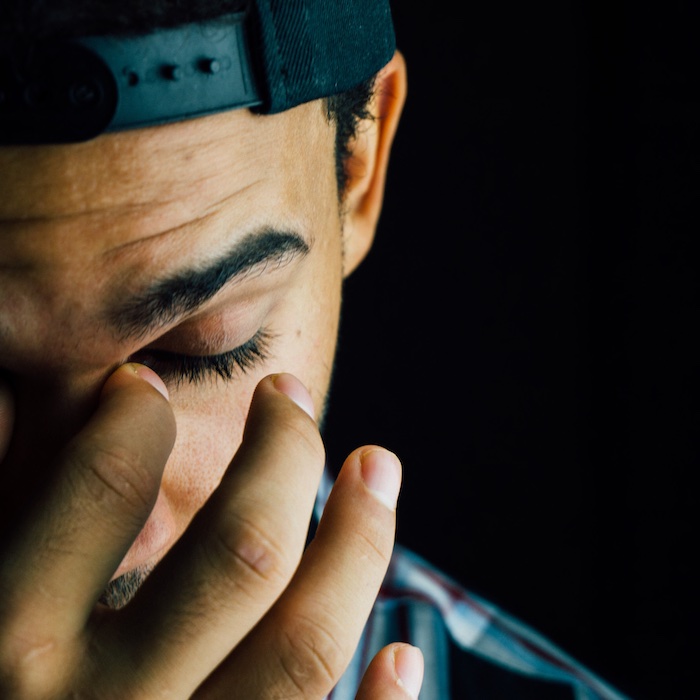How bad one's symptoms are typically depends on what type(s) of mold one is exposed to and for how long, and whether a person is otherwise healthy or not. Certain people, such as pregnant women, children and infants, and the elderly are usually at the greatest risk of harm from mold.
Can Mold Make Me Sick?
Mold can cause physical symptoms that affect some people more than others.











